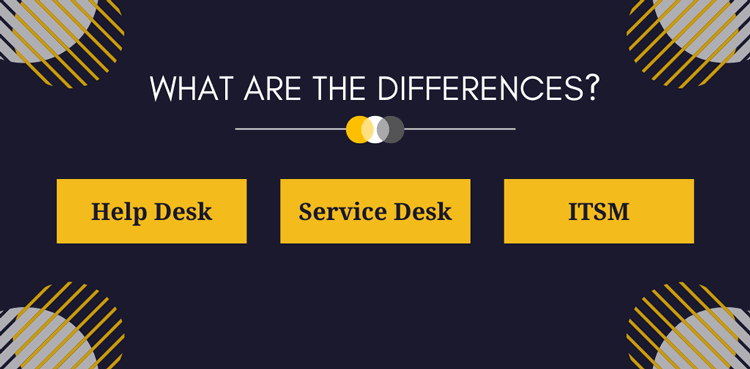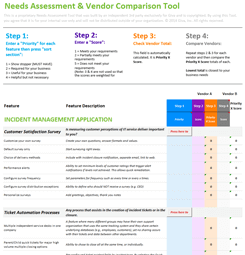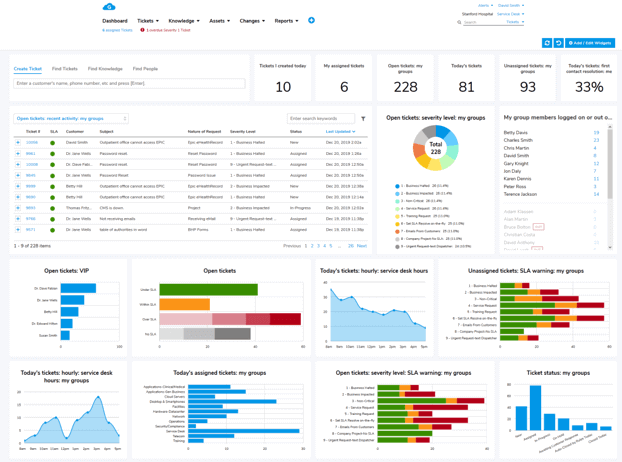What is Demand Management and How Does it Work in IT?
As the pace of innovation accelerates, companies must keep up with the latest trends to remain competitive. This, in turn, places a significant burden on the IT department to manage and maintain the technological infrastructure and to identify and implement new technologies. As a result, IT professionals are under mounting pressure to deliver high-quality services in a timely and cost-effective manner, all while ensuring the security and reliability of critical systems.











